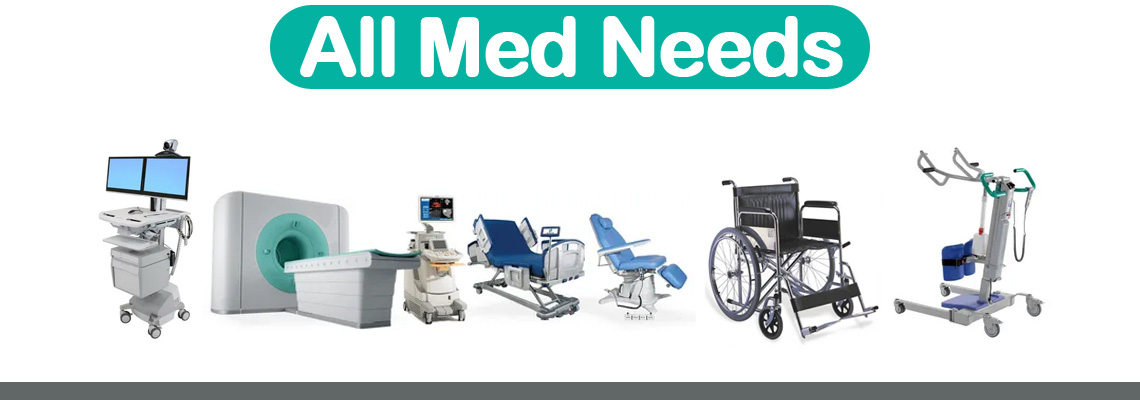
Syringe with Needle
The syringe with a needle is a ubiquitous medical tool that has played a crucial role in healthcare for centuries. This device, which allows for precise administration and extraction of fluids, has revolutionized medical practices, enabling the delivery of life-saving medications, vaccinations, and diagnostic procedures. Its history, evolution, applications, and ongoing advancements have shaped modern medicine and improved patient outcomes. This comprehensive exploration of the syringe with needle delves into its origins, design, uses, safety measures, and future potential, illustrating why it remains an indispensable tool in the healthcare industry.
Historical Evolution
The concept of the syringe dates back to ancient times, with early civilizations using hollow tubes made from materials like bamboo or animal horns to extract fluids. However, it wasn't until the 17th century that the first practical syringe was invented by Francis Wollesley, utilizing a piston-like design. Throughout the 19th and 20th centuries, various innovations occurred, such as the development of disposable syringes and the incorporation of needles for more precise administration.
Design and Components
A typical syringe with a needle comprises three primary components: the barrel, the plunger, and the needle. The barrel is a hollow tube, usually made of plastic or glass, with graduated markings to indicate the volume of fluid being drawn or administered. The plunger, typically made of rubber or plastic, fits inside the barrel and can be pushed or pulled to control fluid movement. The needle is attached to the barrel's tip and allows for the injection or extraction of fluids.
The needle itself has several parts, including the hub, the shaft, and the bevel. The hub connects the needle to the syringe and may have a luer lock or a slip tip to secure it. The shaft is the elongated part of the needle, and the bevel is the slanted edge that aids in smooth insertion into the patient's skin.
Applications in Healthcare
The syringe with needle is a versatile tool with numerous applications in healthcare:
- 1. Medication Administration: It is widely used to deliver medications, including antibiotics, vaccines, insulin, and pain relievers.
- 2. Immunization and Vaccination: The syringe with needle is instrumental in administering vaccines to protect individuals from infectious diseases.
- 3. Blood Collection: Healthcare professionals use it for venipuncture to draw blood samples for diagnostic testing.
- 4. Intravenous Fluids: In hospitals, syringes with needles are utilized to administer intravenous fluids and medications to patients.
- 5. Aspiration and Injection: It allows for the removal of bodily fluids or tissues for diagnostic purposes or to alleviate pressure in specific medical conditions.
Safety Measures
Over time, concerns about needlestick injuries and the transmission of bloodborne pathogens led to the implementation of safety measures to protect healthcare workers and patients. Some important safety features include:
- 1. Retractable Needles: Syringes with needles equipped with retractable mechanisms automatically withdraw the needle into the syringe barrel after use, reducing the risk of accidental needlestick injuries.
- 2. Needle Shields: These devices have a protective cover or shield that slides over the needle after use, preventing accidental contact with the needle.
- 3. Needleless Systems: Advancements in technology have led to needleless systems, such as jet injectors or micro-needle patches, which eliminate the need for traditional needles altogether.
Future Innovations
As medical technology continues to advance, researchers are exploring new possibilities for syringe with needle designs and applications:
- 1. Microneedle Technology: Microneedles, which are smaller than traditional needles, may offer painless and less invasive options for drug delivery and blood sampling.
- 2. Biodegradable Materials: The development of biodegradable syringe materials can contribute to environmental sustainability and reduce plastic waste.
- 3. Smart Syringes: Incorporating electronic sensors into syringes could provide real-time data on drug delivery, dosing accuracy, and patient response.
Conclusion
The syringe with needle has stood the test of time as an indispensable tool in healthcare. From ancient origins to modern-day innovations, it has continually evolved to enhance patient care and improve medical procedures. With ongoing advancements in safety features, materials, and alternative technologies, the syringe with needle will continue to be a vital component in the medical landscape, saving lives and improving the well-being of millions worldwide.
